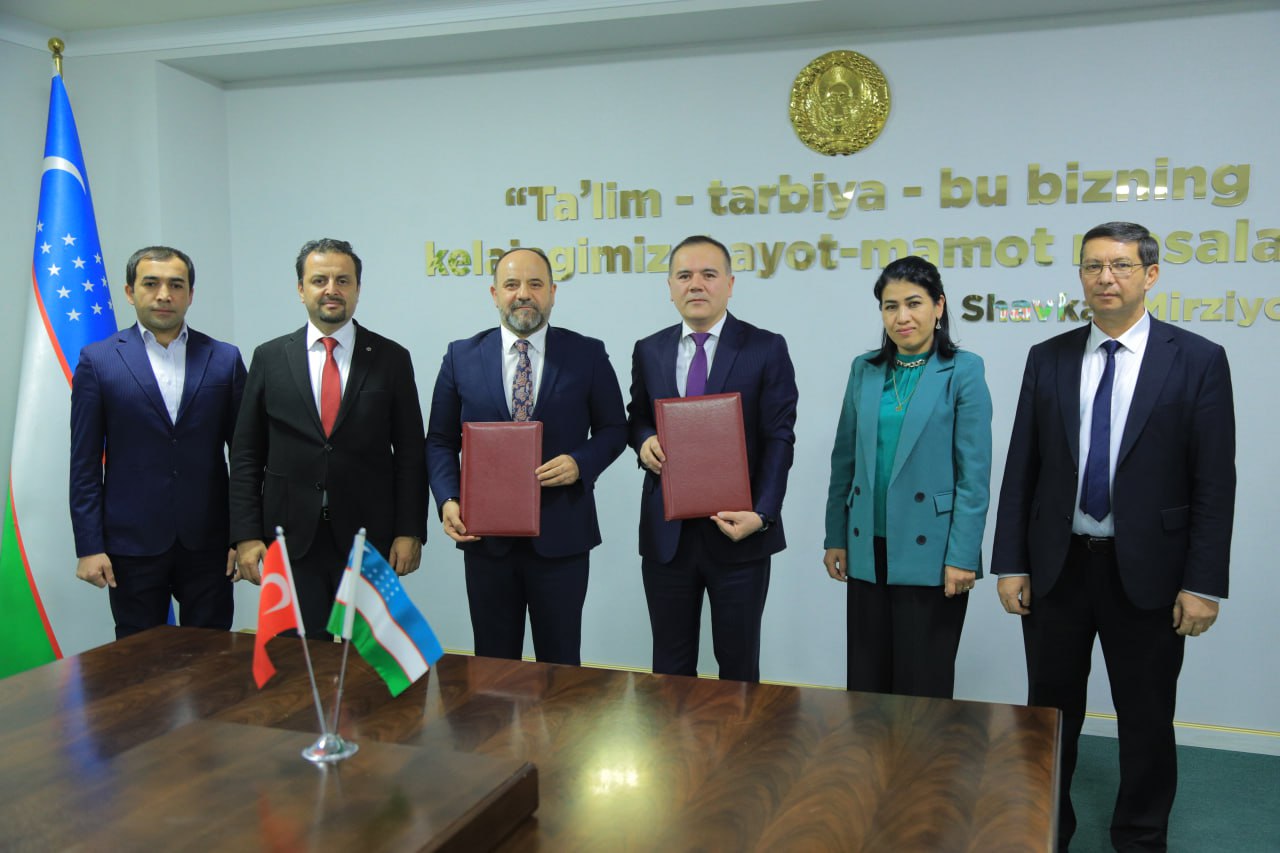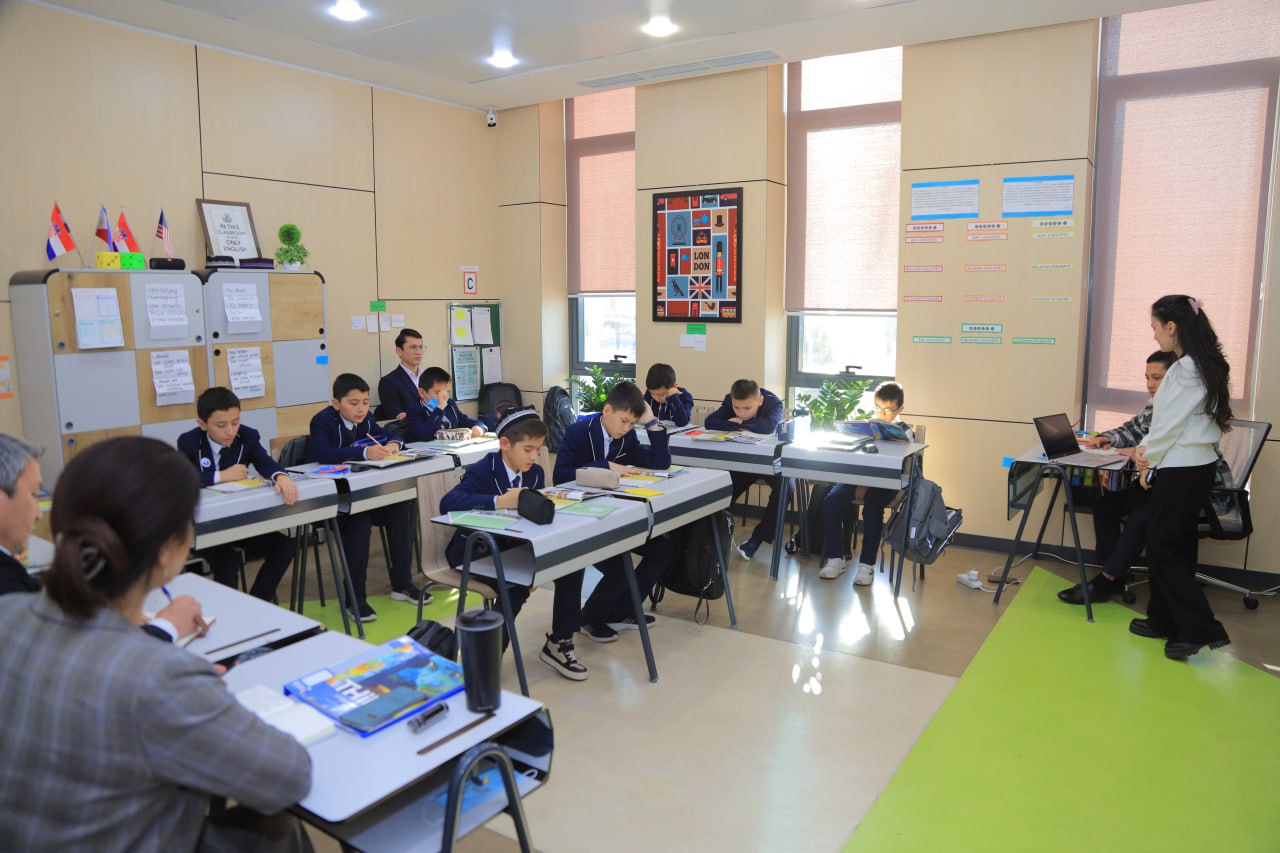Kamola Jonuzoqova (Nurmurodova), teacher of Jizzakh State Pedagogical University
Abstract. Foreign language acquisition process is challenging particularly there is less atmosphere to use the language in communication. In this article, one learner of English language in Uzbekistan has been observed and analysis process, inter language problems and several solutions are offered to improve his communications skills. Initially, learner profile is presented where all information has been taken from needs analysis and grammar point to remedial teaching is theoretically analyzed and specific lesson plan is offered to pass the learner’s from inter language.
Key words: learner profile, needs analysis, grammar point, to be, activities.
Introduction
The international process, globalization is giving a change to every nation’s life: one of the signs is to force all learn international languages. In this point, the English language is at the top which is the even social and political demand in our local area as well. And some challenges occur in this learning acquisition. This article deals with the analysis of one Uzbek learner’s learning English language process. After conducting needs analysis and getting information of the learner, theoretical sides of the grammar point in learner’s mistakes are discussed and lesson plan is designed specifically using authentic materials to enhance productive skills and give remedy for his errors.
Part 1. Learner profile
The student, who was selected for the research, is a seventeen-year-old teenager. Tohir (pseudonym) studies at 10th form at school of Tashkent, capital of Uzbekistan. He is an only male child with two sisters in his family. His eagerness to learn new stuff is quite admirable. He is curious about using, being introduced with technical gadgets. Thus, he prefers to utilize media-based approach during classroom. Furthermore, he is keen on math matters. According to him, although some people regard it difficult, it seems interesting for him and provides relax even.
The reason to be an English language learner is explained by him in the following way: he desires to visit foreign countries and get a well-paid and high-status job. As the English language is an international language and its importance is increasing day by day, he chose to learn it. Starting to learn English at school approximately three years ago, he continued extra tutoring classes in order to promote his progress. In tutoring, first he was exposed to intensive grammar course, taught via “Grammarway-4”. And after three months, he moved to “PRE-IELTS” course. Now he is attending “Pre-IELTS” online course. He mentioned the ways by which he has been learning grammar: TV programs and special grammar books such as “Grammarway” by Dooley and Evans (1999) and course books like “Headway”(Liz and John, 2000). The weak point he stated is failing in the usage of grammar structures even though he studied grammar for about two years.
The problems in his speaking are sufficient because sometimes, it distracts on understanding his performance. The most frequent weak point is sentence structure: mistakes in the order of parts of the sentences like subject verb, adjective, adverb. The next one is the correct utilization of “to be”: either omitting it (e.g. I also very keen on), or sometimes he used it even it was not necessary (e.g. I was started to learn…). Furthermore, the awareness of conjunctions even simple ones like so, when, because seems to demand the necessity to be revised. However, since it is spoken grammar, I would not consider fillers (like, so, you know) mistakes in his speech. Another demerit is tenses usage: even though he is good at using complex tenses, he has simple mistakes as well (e.g. after two years I move…) but it is less frequent problem in the interview.
In terms of written form, one can conclude that the accuracy is higher in his essay than spoken one. However, some grammar problems are visible. The most common one is forgetting “to be”, mostly as linking verb function. The second one is the correct usage of non-finite forms. After prepositions, he used infinitive (big fan of to watch), after “would rather”, to infinitive was put rather than bare. Moreover, the confusion between adjective and adverb (healthily) and the demonstrative pronouns problems (this films) are witnessed in this work.
I suppose possible reasons are neglecting the correct usage of the structures even though he is aware of it. Also, fossilization could be the reason like “I was started”; or overgeneralization can explain this situation i.e. the learner thinks that both “was and started” are necessary in one context as both have past meaning. Or not getting acquainted with grammar standard (e.g. would rather +bare infinitive) can be the explanation for those mistakes.
Part 2. Description of the grammar point you choose for remedial teaching.
I selected to teach “the correct usage of “To be”” among the mistakes in the learner’s profile on English. The first reason is that the incorrect use or unnecessary use of this grammar point are seen in both written and spoken work far frequently. Another factor made me highlight in this grammar structure is majority of the Uzbek learners (even I used to have this mistake for a long time) suffer from this acquiring process for a while until they notice it and attempt to get rid of those mistakes. I hope this research results will be helpful when it is applied to other Uzbek learners who have problems in this verb.
From teachers’ perspective, initially, teaching “to be” for pre-intermediate students seem boring, since it is usually taught in beginner level and re-teaching this structure may make students disappointed. But the fact that learners have plenty of mistakes results in the necessity to back to that theme.
Another problem is that direct instruction is mostly demanded to teach “to be” in order to reach “noticing”. As there is lack of English atmosphere in Uzbekistan, learners have almost no opportunity to be exposed to apply the language in practice out of the classroom. If they had that chance, they would not need explicit instruction of the language, they would reach the target not learning but acquiring the language in implicit way. In turn, by deductive approach (Chalipa, 2013), learners tend to not remember what they learn in classroom for a long time due to the over amount of input. Furthermore, as they lack practice, they make mistakes unconsciously even though they are aware and know the correct usage rules fully.
From the learner’s side, this situation is explained by some factors. One of them is the interlanguage processes. I would suppose that the confusion of the use “to be” has already become fossilization. Possible reasons are most of secondary schools tend to repeat the same topic “to be” for most of learners. Therefore, they come up to the idea that it is must to be utilized in every sentence. Another issue is the structure ‘to be’ does not exist in Uzbek language (except for some suffix like –dir, -man, -san, -miz). Naturally, there is nothing to learn by comparing. And learners have to overcome two big steps in this regard: They will have difficulty in imagining the strange existence in another language and proper production comes next. Moreover, overusing of GTM in educational establishments serve merely to raise the awareness and drilling the forms. As a result, the learners do not apply it into practice even in the lessons, which would aid to promote better understanding and to make that knowledge into skill.
Some solutions could be offered to tackle this matter. One of them is to present the target grammar structure in context. As we know, it is difficult to express intended meaning in one word or phrase. Teaching grammar through context provides that students will be able to comprehend how rules work in sentences (Mart 2013). Therefore, I would choose text related to the topic of the lesson to demonstrate the target grammar rules. The topic of the lesson is “Covid-19”, a disastrous illness jeopardizing the entire world population life. The aim behind it is, first of all, to provide the memorable context. If it is appealing to the learners, their eagerness will increase more. The second is to reach the content objective raising awareness on the disease so that students will be careful not to be infectious with it.
Here, inductive approach is utilized: first, the students are exposed to practise it via reading and discussing and then the rules appear in self-discovery. In this case, a teacher will be a facilitator to work this process properly. The reason why I did not choose deductive one is he is fed up with being in PPP classroom. If I chose deductive to explain the target grammar point, the learner would get disappointed and lose motivation to the lesson. As is stated above, the learner is eager to experience new things.
Another way to increase the effectiveness of the lesson is providing technology-based activities. Those are the best ways to provide authenticity in EFL context, mostly. One can find original usage of rules in the videos, audios, photos, films or other media-supported files. As Yassaei (2012) mentioned integrating the lesson with video gives interactive atmosphere and visual effects Thus, I add video from TED TALK, famous worldwide public speeches. In the video, Bill Gates, a popular businessman, talks about the dangers to the world and offers possible solutions to tackle those predictable problems in the near future. It is on topic of the current situation of the globe (as all know, currently the entire world is intensely suffering from Covid-19 virus). As both the content and linguistic features of the video are appropriate for the needs of the lesson, I decided to choose that video to practice and the activities related to it will be helpful to improve speaking skills, grammar and critical thinking as well.
Most of the activities are to be conducted in grammar as process case. We can see from the student’s background that grammar as product approach did not help so much. In terms of grammar as skill, despite the complexity of designing this kind of activity, it is helpful to accomplish the aim of the lesson plan. Because the learner has already got awareness of “to be”, he needs more practice resulting to make it skill.
Part 3. Lesson plan
Course: pre-IELTS
Topic: Covid-19
Time: 80 mins
Level: pre-intermediate
Language objectives. SWBAT
-distinguish the correct usage of “to be” in proper context;
-use the vocabulary and phrases related to pandemic;
-improve language skills.
Content objectives. SWBAT
-get acquainted with COVID-19 disease;
-be alerted with measures to prevent the virus.
Target vocabulary: COVID-19, Ebola, pandemic, epidemic, symptoms, eradication, infectious virus.
- Warm-up. (5 mins)
Instruction. Students are shown the 1st photo in the Appendix 3 (the frequency of symptoms of COVID-19). They are asked to guess what information it describes. Then the second is shown to come to the answer closer (the appearance of the virus). And T announces the topic of COVID-19 and discusses the pictures again in details.
- Reading activity (10 mins).
Instruction. Read the text and underline the usage of “to be” in all tenses (Appendix 4). Try to guess the grammar function of it.
- Formal instruction (15 mins). The grammar function of “to be” is highlighted and formal grammar function is presented by the teacher:
| The usage of “To be” as: | Example |
| The linking and existential | “Who’s going to the movies with me?” “I am” |
| In Passive Constructions | They were constructed by workers half submerged in the murky waters. |
| In Progressive forms | “I will be graduating from college about the same time that you enter high school.” |
| Tag questions | Robert Frost was America’s favorite poet, wasn’t he? |
| With phrasal verbs | be abusive of (abuse) be applicable to (apply to) |
| Unnecessary use |
He wanted a medication that was prescribed by a physician. She recognized the officer who was chasing the crook. |
(adapted from http://guidetogrammar.org/grammar/to_be.htm)
- Pre-watching video. (5 mins)
Instruction. Ss are shown the photo of the beginning of the video when Bill gates appears. They will discuss the following questions.
- Who is that person?
- What is he famous for?
- What do you think he will talk about in this video?
- While-watching the video (10 mins)
Instruction. Ss watch the video about called “Next outbreak we’re not ready” https://youtu.be/2hw0Lb74bh4. While watching the video, they need find the answer to the following questions.
Discuss the questions (5 mins). Then T asks Ss to give their own opinion based on those questions one by one.
- What made him worried when he was a kid?
- Why did he come to the stage with a barrel?
- What did he predict for the next decades?
- What was the problem with EBOLA?
- What advice did he mention to be ready for the next epidemic?
- How far is his advice being followed by the countries nowadays against COVID-19?
- Post-watching video. (10 mins)
Instruction. Ss will work in peers. Each peer is distributed the papers with this exercise. They need to fill in the gaps with correct form of ‘to be’ where necessary.
- When I was a kid, the disaster we worried about most _____ a nuclear war.
- If anything _____ kills over 10 million people in the next few decades, it ____ likely to be a highly infectious virus.
- I ______followed it carefully through the case analysis tool, we ____use to track polio eradication.
- The WHO _____ funded to monitor epidemics, but not to do these things I talked about.
- So next time we might not ______ so lucky.
- We ______have satellite maps where we can see where people _____ and when they _______ moving.
- Those tools need to _____ put into an overall global health system.
- The best lessons, I think on how to get prepared, ____ again what we ___do for war.
- Discussion activity. (10 mins)
Instruction. T provides the correct answers on the screen and Ss self-check. Then T asks to discuss the grammar functions of each ‘to be’ in the sentences.
- Communicative activity. (10 mins)
Instruction. Ss are divided into small groups. They will speak about quarantine period using “to be” correctly within small groups. Other group mates will listen and count the incorrect usage of “to be” by speakers. T controls each group and help to identify Ss’ mistakes themselves.
- Home task.
Instruction. SS are given the line graph of “Development of COVID-19 cases”. They need to write task 1 essay of IELTS exam. T must warn to make sure the correct usage of “To be”.
Conclusion
Since the yawning gap in the forms of English and Uzbek grammar exists, the learners between these two languages face difficulties. It is the teacher’s duty to predict the challenging points taking into consideration of engaging with authentic materials and communicative activities. Even though every learner is unique and specific features to acquire the language, this article touches some general interlanguage phases among Uzbek learners of English language.
Reference:
- Lisa, B. (2020). Key Messages and Actions for COVID-19 Prevention and Control in Schools. UNICEF/UNI220408/Pacific.
- Jenny, D. & Virginia, E. (1999). Grammarway-4. Express Publishing.
- Liz & John S. (2000). Headway. Oxford Press.
- Yassaei, Sh. (2012). Using Original Video and Sound Effects to teach English. English teaching Forum.
- Chalipa, S. (2013). The effect of Inductive vs. Deductive Instructional Approach in Grammar Learning of ESL Learners. International Journal of Research Studies.
- Mart, T. (2013). Teaching Grammar in Context. Why and How? Ishik University.





